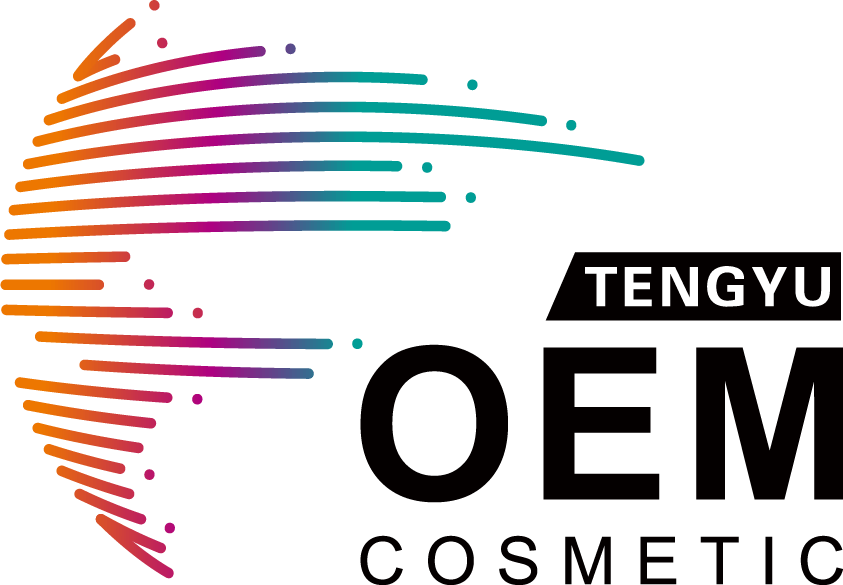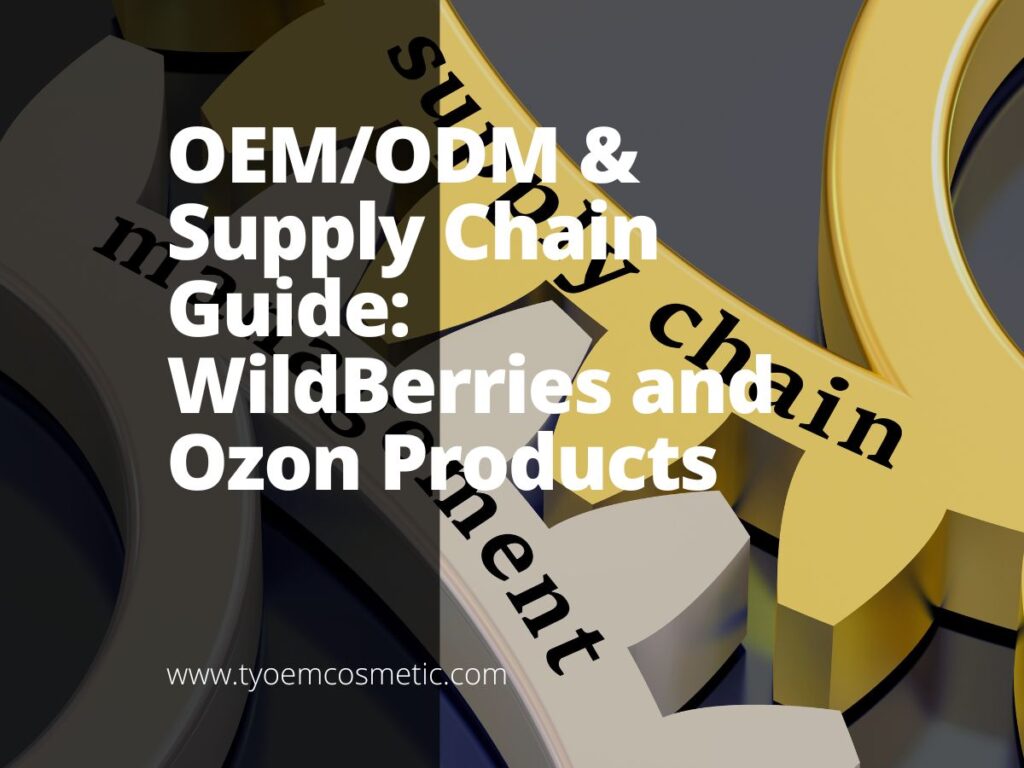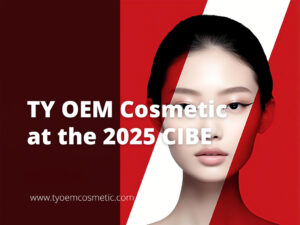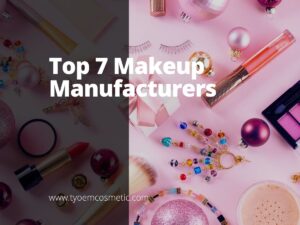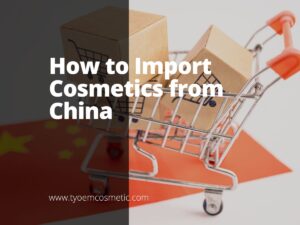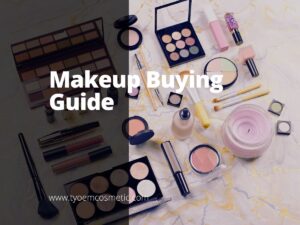I remember the first time we helped a brand list skincare on Wildberries. They had good products, but no clue how to meet the platform’s rules. Within weeks, we had them set up, certified, and shipping orders across Russia.
That experience taught us one thing, getting into these platforms takes more than just a great product.
I’ve helped several companies go through this exact process. Our team has hands-on experience with OEM/ODM skincare and lip care production. We know the documents, the steps, and the common mistakes to avoid.
In this article, you’ll find a full guide to choosing the right OEM/ODM partner and setting up your supply chain. If you’re looking to sell on Wildberries or Ozon, this covers what you need.
A lot of brands are asking about Russia right now. There’s interest, but also confusion.
Keep reading to learn more!
1. Comparing Beauty Sales on Two Major Platforms
If you’re selling beauty products in Russia, Wildberries and Ozone will likely be part of your strategy. I’ve worked with brands setting up on both, and each has its own style, rules, and strengths.
Here’s a side-by-side comparison to help you decide where to start, or how to manage both:
| Feature | Wildberries | Ozon |
| Size & Reach | Largest e-commerce platform in Russia. High daily traffic. | Also large, but a bit smaller than Wildberries. Growing fast. |
| Best For | Fast-moving, mid-priced beauty items like lip gloss, masks, cleansers. | Branded products, gift sets, and items that need more explanation. |
| Listing Style | Simple product pages. Less space for storytelling. Focused on price and volume. | Offers more flexibility in layout, descriptions, and images. Better for branding. |
| Pace of Sales | Fast. Products move quickly if priced right and well-reviewed. | Slower at first, but allows more control and testing. |
| Ease of Setup | Slightly more rigid. You need to be fully ready before launching. | Easier for first-time sellers. Backend tools are more user-friendly. |
| Price Sensitivity | Very high. Lower-priced items perform better. | Also price-sensitive, but buyers are open to slightly higher price points if value is clear. |
| Brand Control | Limited. Less control over how your brand looks. | Better control over brand image, reviews, and messaging. |
| Who Should Start Here | Brands with solid supply chains and high-volume goals. | New brands testing the market or launching premium formats. |
Both platforms can work well if used the right way. Start where your product fits best, then scale into both when you’re ready.
2. EAC Certification and Product Compliance Made Simple
If you’re planning to sell skincare or personal care products on Wildberries or Ozon, you’ll need to meet local compliance rules. This means getting EAC certification and sometimes additional registration with the Russian drug authority. These steps are required before your product can be listed or cleared through customs.
TY Cosmetic supports this entire process—from supplying the right documents to working with certification agencies directly.
Clear Path to Market Approval
EAC certification is the first step to legally sell your product in Russia and other countries in the Eurasian Economic Union. It confirms that your product meets local safety and quality standards. Without it, your shipments may be delayed or rejected at customs, and you won’t be able to list on e-commerce platforms.
TY Cosmetic understands the requirements and helps you gather everything needed, from ingredient lists to test reports. They’ve been through this process many times and know the common mistakes that slow things down. Having a partner who understands the steps can shorten the time from production to market entry.
End-to-End Document Support
Getting certified means you need more than just a product. You need the right paperwork. TY Cosmetic provides the full set of documents, including formulation data, COAs, MSDS files, and GMP or ISO certifications from the factory.
They also offer translated ingredient lists and labeling layouts that meet Russian standards. If extra testing is needed, they can coordinate with third-party labs or certification agents. This level of support keeps things moving, especially for brands new to the market.
Safe and Regulated Distribution
Once certification is done, your product is ready for shipping and online listing. But every item must match what was approved during the EAC process. TY Cosmetic helps make sure the final product stays compliant with what was submitted.
This is key for safe, legal distribution in the Russian market. It also builds trust with logistics partners, platform reviewers, and customers. If you plan to scale your brand, this solid foundation keeps you on track.
With TY Cosmetic guiding the compliance side, you can focus more on growing your product line and building visibility.
3. How to Quickly Create a Private Label Brand
Creating a private label brand doesn’t have to take months. I’ve worked with teams who were up and running in a matter of weeks, without rushing or cutting corners. Let me walk you through the steps that make that possible:
Step#1 Choose a Product with Steady Demand
Start with a product category that’s already selling well on the platform. Think cleansers, lip gloss, basic creams, these are easy to market and restock. Don’t pick something complicated for your first round. Focus on everyday items that people understand and repurchase often.
This makes it easier to pass certification, price competitively, and stand out on search pages. 1 or 2 products are enough to begin.
Step#2 Select a Factory with Ready Formulas
To move fast, you’ll want to work with a factory that already has developed products. These are usually tested and safe, and the documents are easier to access.
Pick from their list of available formulas. If needed, you can ask for small changes, like a scent swap or lighter texture, but try not to over-customize on the first round. This lets you skip long R&D stages and go straight into production. Speed matters at this step.
Step#3 Use Pre-Approved Packaging Layouts
Packaging takes time, but there’s a shortcut. Use a layout that already fits Russian label laws. The key is making sure your product name, ingredients, and shelf life are in Russian. Layout, fonts, and unit labels also matter.
Once that’s done, your design can be sent to the printer and to the certification lab at the same time. This step often saves weeks of back-and-forth.
Step#4 Place a Small First Order
There’s no need to order 10,000 units on your first run. Most suppliers will let you start with a lower minimum. Smaller batches help you test the product and gather feedback without heavy risk.
You’ll also have room to adjust your price, marketing, or design after seeing how buyers respond. Start lean and scale later.
Step#5 Prepare Documents for EAC Certification
Once your product and packaging are locked in, gather the files for certification. This includes:
- Formula sheets
- Ingredient lists (in Russian)
- Factory licenses
- Test reports or MSDS
- Label layout files
Submit these to your certification partner or agent. If your documents are ready, approval moves faster, and so does shipping.
4. Product-Specific Strategy Recommendations
Not every product needs the same approach. I’ve helped brands launch everything from cleansers to lip gloss, and I’ve learned that each category has its own pace, challenges, and buyer behavior. Here’s how to plan your strategy based on the type of product you’re selling:
Skincare Basics
Cleansers, toners, and light moisturizers are great starting points. They’re easy to certify, simple to explain, and buyers are used to seeing them online. Stick with mild, non-reactive ingredients. Avoid bold claims or complex actives on your first product unless you’ve done extra research.
Focus on packaging that looks clean and modern, nothing too experimental. The goal is to earn trust and repeat orders. Skincare basics should be the basis of your line.

Serums and Treatments
Serums sell, but they require more planning. Russian regulators may ask for extra testing or stricter label control if your product makes strong skin claims.
Start with one or two well-known ingredients, like hyaluronic acid or niacinamide. Keep claims simple, hydrating, brightening, softening. These products also benefit from good instructions and usage tips, especially on Ozon, where content matters more. Launch these after your brand has a few reviews and a working flow.
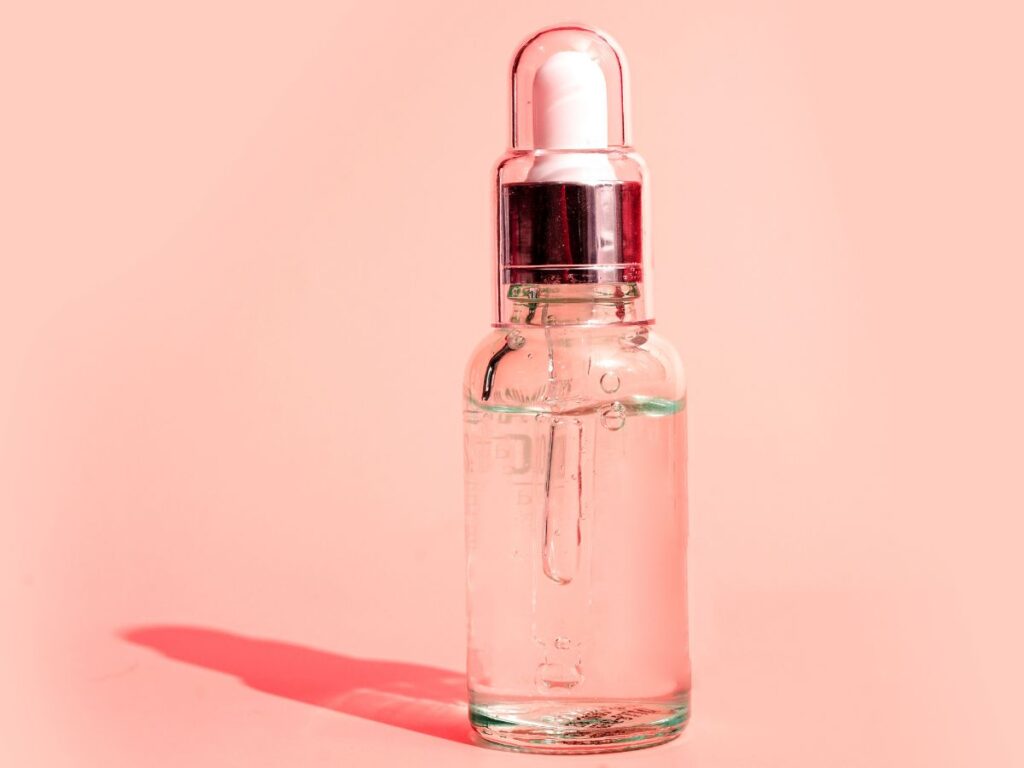
Lip Products
Lip gloss and lip balm are easier to produce and ship. They also tend to sell well on both Wildberries and Ozon, especially when priced affordably. The market is crowded, so your visual branding matters more here. Try bold colors or playful names to stand out.
You can experiment with textures or flavors, but make sure they pass compliance first. Anything labeled “plumping” or “tinted” may need more review. This category is great for low-MOQ launches.
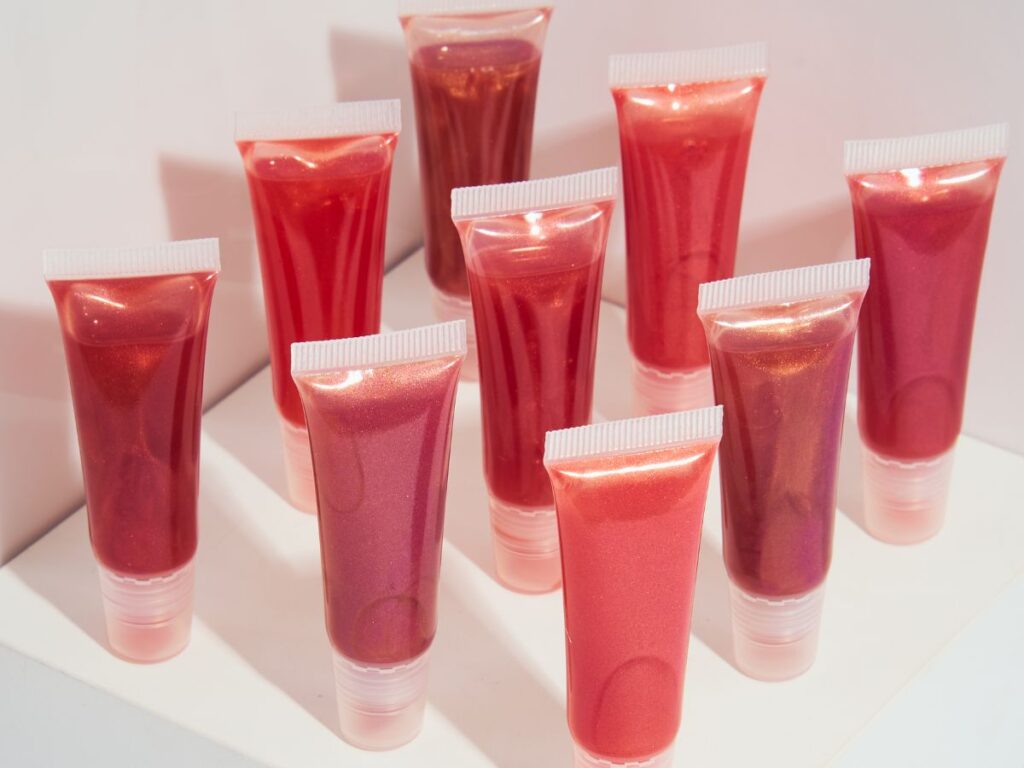
Sets and Bundles
Many new brands want to start with gift sets or full skincare kits. But bundles are better launched later, after you’ve tested each item on its own. Sets work well on Ozon, especially during shopping holidays or seasonal promotions. You’ll need larger packaging, clear labeling across all included products, and proper pricing.
These listings can bring in more revenue per order, but only if buyers already trust your brand. Start with singles, then offer sets once you’ve built a base.

5. Building Products That Fit the Russian Beauty Market
Selling into a new market isn’t just about having a good product, it’s about having the right product. I’ve seen brands succeed faster when they take the time to understand what buyers in Russia actually want. That’s where local insight makes all the difference.
TY Cosmetic uses this knowledge to help brands make better product and design decisions from the start.
Trusted by Russian E-Commerce Brands
TY Cosmetic has built strong partnerships with local players like VOIS, one of the better-known names in Russian e-commerce. This connection has also helped attract new clients, including KAMALI, a fast-growing beauty brand.
Both brands rely on TY Cosmetic for consistent supply and product development across skincare, cleansing, and lip care categories. These are the same product types commonly sold on platforms like Wildberries and Ozon.
Working with partners already active in the space gives TY Cosmetic clear insight into what’s selling—and what’s not. That means new clients can benefit from experience that’s already proven.
Product Categories That Match Market Demand
TY Cosmetic focuses on product lines that are already aligned with buyer behavior in Russia. These include daily-use skincare items, gentle cleansers, and lip products like glosses or balms.
These categories are easy to certify, easy to use, and easy to repurchase, 3 things that matter in online beauty sales. Most of the formulas are pre-tested and available for private label.
This helps brands skip unnecessary delays in both development and registration. With less trial-and-error, you can get to market faster and with more confidence. That’s especially important if you’re launching your first product line.
Local Knowledge for Design and Formulation
TY Cosmetic has gone beyond factory work—they’ve spent time researching the Russian market in depth. This includes interviews with buyers, reviewing platform trends, and analyzing which design styles attract clicks.
That means your packaging won’t just meet legal rules—it will look and feel right to the end customer. The same goes for formulation. Ingredient preferences differ by region, and TY Cosmetic knows how to adjust for that. This insight helps brands stand out in a crowded marketplace. It also lowers the risk of mismatched messaging or poor product-market fit.
6. How OEM/ODM Factories Support Brand Growth
Once your brand is off the ground, the next step is growth. I’ve seen how the right factory relationship can shape not just your product, but your entire expansion strategy. Here’s how OEM and ODM partners can help you build stronger, faster, and smarter.
Faster Product Development for Scaling
When you’re growing, you don’t always have time to develop each product from scratch. That’s where ODM factories can step in with ready-made formulas.
You can test new categories faster and respond to trends without long R&D delays. Just adjust scent, texture, or packaging and launch. This is useful when adding seasonal items or testing regional variations. Quick expansion without heavy investment keeps your momentum going.
Consistent Quality Across All SKUs
As your brand adds more products, keeping quality stable becomes harder. A reliable OEM partner keeps your formulas, textures, and production methods consistent.
This reduces the risk of bad reviews or product returns, both of which slow growth. You’ll also spend less time doing rechecks and fixing issues batch by batch. Consistency builds buyer trust. And trust leads to repeat orders.
Built-In Support for Compliance and Updates
Every time you update a product or add a new one, there’s paperwork. A good factory helps you manage that behind the scenes.
Whether it’s new labeling rules, changes in Russian packaging law, or updates to ingredient limits, they’re already tracking those shifts.
That means you stay ahead of compliance without losing time. It also makes it easier to relaunch or refresh older items with minimal friction. Some factories, like TY Cosmetic, already work closely with Russian compliance agents, which helps speed up documentation and reduce approval delays.
Flexibility for Market Feedback
Growth comes with surprises. Maybe one SKU takes off faster than expected, or one scent flops in a region. A responsive factory lets you adjust batch sizes, revise packaging, or pause items without too much delay.
This flexibility helps you stay close to what buyers want. Your production should move with your market, not against it.
Conclusion
You’ve seen what it takes to create a beauty brand that works for Wildberries and Ozon. It’s a mix of smart planning, product-market fit, and the right OEM/ODM support.
That’s where TY Cosmetic comes in. With experience in Russian compliance, design preferences, and formulation, they help brands move with clarity, not guesswork.
This article gave you the full strategy. Scroll back anytime to review each step.
When you’re ready to build, contact us today.
More Guides and Tips to Explore
Interested in more? Here are some additional articles with insights and tips to keep you informed:
Still haven’t found what you’re looking for? Don’t hesitate to contact us. We’re available around the clock to assist you.
